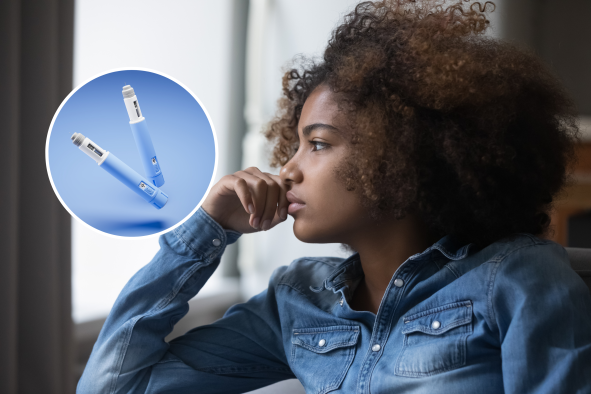Approximately 23 million U.S. homes rely on private wells as their primary source of drinking water, but many of these households may be unknowingly consuming contaminated water.
In 2022, Gabriel Lade, associate professor of economics at Macalester College, and a team of researchers conducted an extensive survey in Iowa to understand the drinking water behaviors and perceptions of households using private wells.
Their findings painted a concerning picture of widespread complacency and a lack of awareness regarding water safety. Now, Lade is calling for more to be done to address the problem.
"In the U.S. context, there's quite a few homeowners who use private wells as their main drinking water supply," Lade told Newsweek. "Anyone who gets water from a public water system can at least rely on the fact that the drinking water coming out of their taps is supposed to meet some minimum quality level.
"That's not the case with people who have private wells. In fact, you're entirely on your own in ensuring that the water you're drinking is safe for human consumption," he said.
Although public health officials recommended annual water testing, the survey found that only 9 percent of households with private wells had tested their water quality in the past year. Even more alarming, 40 percent of well users were drinking water straight from the tap without any recent testing or filtration.
Despite the surveying of residents only in Iowa, Lade believes similar findings would apply elsewhere in the nation and could be worse in states where no funding for testing is available to the public.
The primary contaminant of concern is nitrate, which can enter well water through agricultural runoff, animal waste and human sewage.
High nitrate levels can lead to serious health problems, including "blue baby syndrome" in infants and long-term risks of conditions such as colorectal cancer and thyroid disease for people of all ages.
What's more, boiling water doesn't remove nitrates; it only increases their concentration.
Surprisingly, 77 percent of surveyed households classified their well water quality as "good" or "great," despite living in high-risk areas.
"There's certain types of pollutants where the water will smell fine, it'll look clear, it tastes fine, yet it's unsafe for human consumption," Lade said. "And that's the case with...nitrates from agricultural runoff."
The survey also revealed a potential solution. Providing information and easy-to-use testing materials significantly increased testing rates. When households received a simple mailer containing a nitrate test strip and educational information, over 40 percent reported testing their water, compared with just 24 percent of those who didn't receive the mailer.
"What we found is that testing rates went up," Lade said. "Self-reported testing rates went way up, and even testing rates of the free county program went up too."
Still, the burden of dealing with contaminated water largely falls on individual households. While some states—like Iowa—offer free or low-cost testing kits, many rural residents face significant financial obstacles in ensuring their water is safe.
"This kind of shows that there's value to programs that just provide people basic information about the importance of testing your private well," Lade said. " I think for a lot of people, it's just not front of mind, right? If you don't have water that's smelling terrible and looking bad, you're just like, 'Well, it's fine.'"
As climate change threatens to exacerbate nitrate contamination through increased heavy rainfall, Lade is calling for a reevaluation of agricultural policies as well as improved support for affected households.
Do you have a tip on a science story that Newsweek should be covering? Do you have a question about drinking water? Let us know via science@newsweek.com.
Reference
Lade, G.E., Comito, J., Benning, J., Keiser, D., & Kling, C. (2022). The Iowa Rural Drinking Water Survey: Water Quality Perceptions and Avoidance Behaviors Among Rural Iowa Households.
Disclaimer: The copyright of this article belongs to the original author. Reposting this article is solely for the purpose of information dissemination and does not constitute any investment advice. If there is any infringement, please contact us immediately. We will make corrections or deletions as necessary. Thank you.



